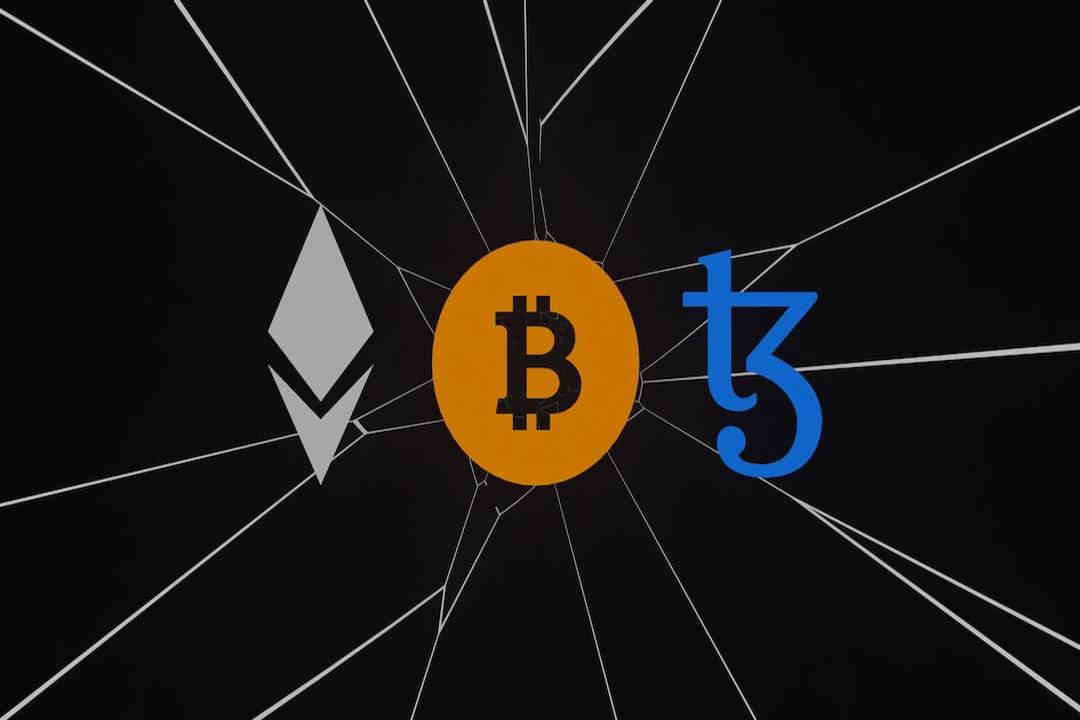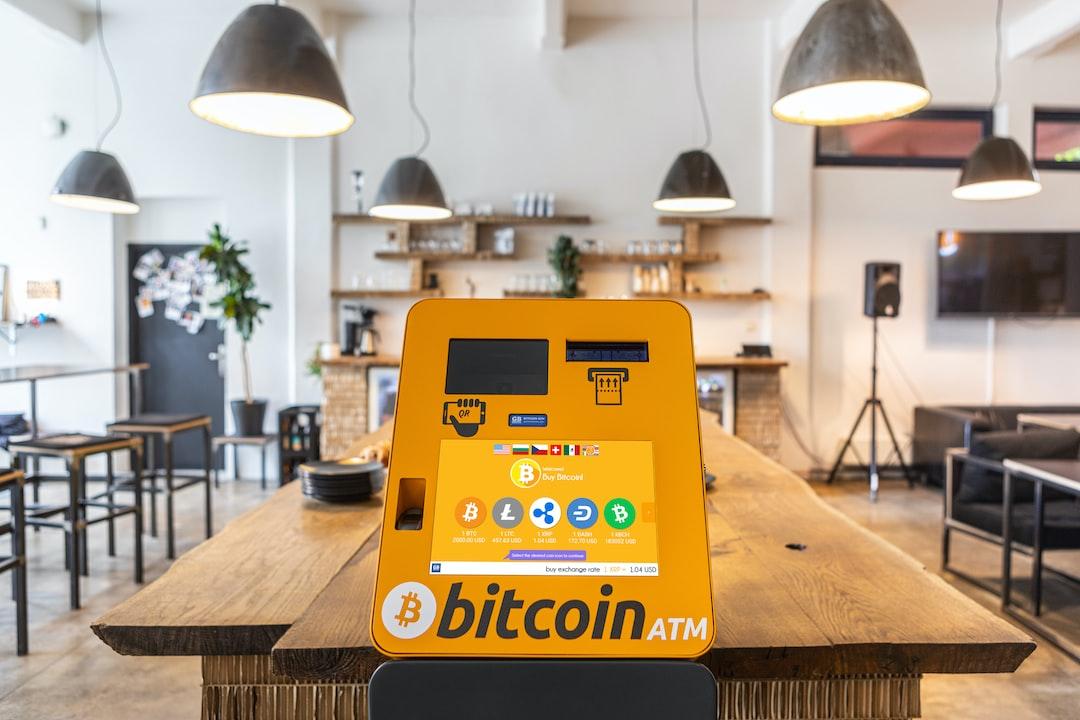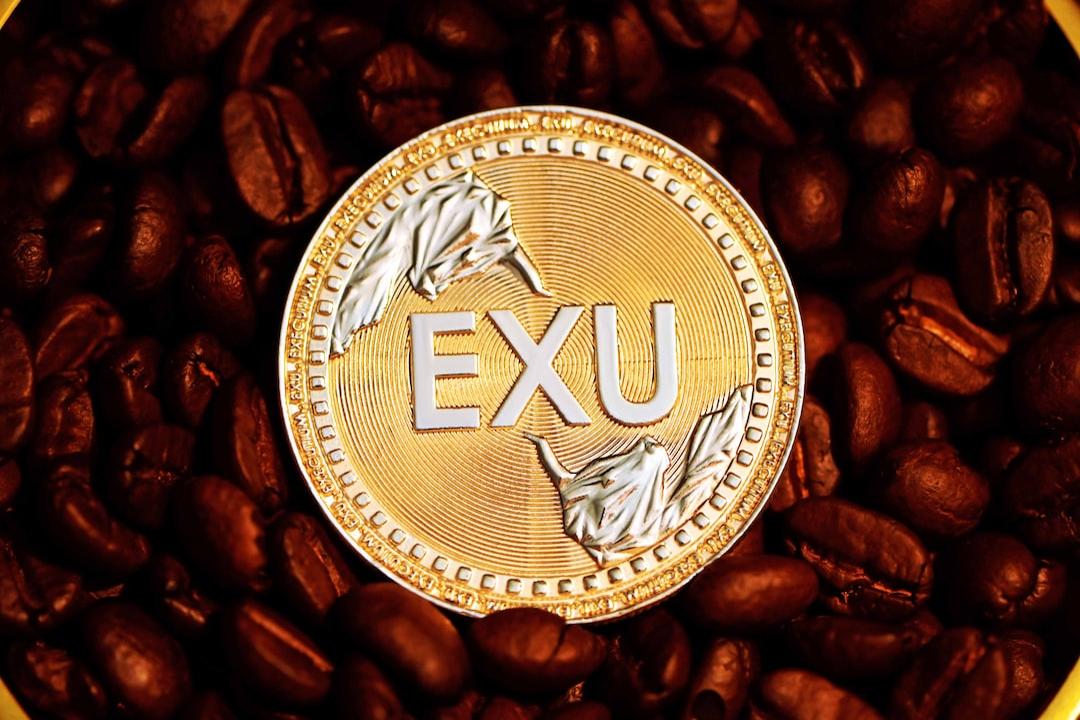Reported by CoinWorld:
After hovering above the 60,000 mark for several days, Bitcoin finally chose to “accelerate” downward today, successively breaking through the 58,000 and 57,000 levels, and at one point dropping as low as 55,000 USD, the lowest in nearly two months. Ethereum fell below 3,000 for the first time in three months, reaching 2,890 USD. This decline in both led to a broad market downturn in the cryptocurrency space, with fewer than ten non-stablecoin assets on the Binance USDT market posting gains in the past 24 hours, and many altcoins hitting new lows.
In the past 12 hours, the total liquidation amounted to 589 million USD, with long positions accounting for 510 million USD, resulting in significant long liquidations.

What caused this deep correction in the “bull market” supported by factors such as “halving + ETF + election”? Has the bull market really ended? Is the bull dead?
Germany Sells Approximately 10,000 BTC in Half a Month
At the beginning of this year, Germany seized 50,000 bitcoins, valued at 2.17 billion USD at the time.
These bitcoins began to be sold off in June, with a total of approximately 9,600 bitcoins sold, leaving a current holding of 40,359 BTC.
– June 19: Sold 6,500 bitcoins;
– June 25: Transferred 400 to an exchange and 500 to other addresses at 5:20 PM;
– June 26: Transferred 750 at 3:50 PM;
– July 1: Transferred 400 to an exchange at 4:26 PM, followed by 282.74 to multiple exchanges;
– July 2: Transferred 361.877 to Flow Traders at 7:20 PM;

In yesterday’s transfers, the German government transferred 1,300 BTC to an exchange at 4:25 PM and moved 1,700 BTC to an anonymous wallet at 4:35 PM.
BTC finally fell below 57,000 USD around 5:15 PM yesterday, hitting a low of 56,952 USD.
Mt.Gox Payouts Begin Small Transfer Tests
The Mt.Gox compensation issue is a concern for the market, with 142,000 BTC and 143,000 BCH potentially being sold off. This sparked market panic on June 24, causing BTC to dip to around 60,000 USD. However, the actual distribution had not yet begun, so the 60,000 USD level was maintained. According to the latest official documents, the Mt.Gox trustee stated that BTC and BCH repayments would start in early July.

Mt.Gox conducted a test transfer at noon yesterday. The market had already begun to decline around 9 AM, although the sell-off was not due to Mt.Gox, it cast a shadow over market confidence, as significant sell pressure looms ahead, and no one wants to stand under a dangerous wall.
BTC Spot ETF Sees First Net Outflow After 5 Days of Net Inflows
The BTC spot ETF, as a crucial data point for buying and selling, reflects the market’s buying and selling strength. Observations show that on July 3, the total net outflow reached 20.4495 million USD, marking the first net outflow after five days of net inflows.

Extending the timeline, the chart clearly shows that when the net inflow of BTC spot ETF is high, BTC prices tend to rise. Conversely, when the net outflow increases, BTC prices significantly decline. In May, continuous net inflows supported BTC price increases, but entering June, the net outflow accelerated, with substantial capital outflows.
What’s Next?
BTC broke below the 60,000 USD support level under heavy sell pressure, and miners showed signs of capitulation, historically indicating a price bottom. The last comparable decline in hash rate occurred in 2022 when BTC traded at 17,000 USD. Despite severe sell-offs in the crypto market, the options market remains optimistic, especially for bullish ETH options expiring in September and December.
Considering recent BTC sell pressure and factors such as Mt.Gox, miners, and government regulations, ETH might experience a stronger rebound due to the upcoming Ethereum spot S-1 filing. This is not a time for panic! The conditions for a bottom are increasingly converging:
1. BTC has already reached multiple time frame moving averages in technical indicators.
2. BTC weekly chart is nearing the lower middle of the Bollinger Bands. Historically, in bull markets, reaching this point indicates a super bottom area, usually followed by 5 to 7 weeks of consolidation before starting a new cycle. (If so, the market will not turn until before the interest rate cut.)
3. Breaking the 60,000 level repeatedly intensifies panic.
4. Mt.Gox fears exacerbate market panic; previously, even Grayscale sales did not affect, but during declines, negative news effects are magnified.
5. The current price has reached the shutdown price of some mining machines.
6. Retail investor confidence is gradually collapsing, with the market fear index hitting a yearly low.
This downturn is not like 312, but worse in that it grinds slowly. This bull market is different: Bitcoin is still Bitcoin, Ethereum is still Ethereum, but altcoins’ consolidation has already mirrored the previous bull market’s corrections in magnitude and duration. Bitcoin will fluctuate between 5 to 6 for a while, giving more room for altcoin opportunities later.
This thorough consolidation offers future bullish expectations and narratives, with the potential for greater explosive space than the first half. It’s not a matter of breaking even, but of how much profit. Moving forward, separate strategies for altcoins are necessary, not the bull-bear cycle mindset. The market will become increasingly challenging, solidifying my resolve to only trade stage-specific trends.
For now, maintain 50% of your position, watch tonight’s non-farm payroll data, and if favorable, add another 10%. If there is a sharp dip, boldly add two more layers of position. If the decline is slow, remain inactive and look for opportunities to add later. The strategy remains to advance or retreat as the situation dictates. I’ll provide analysis of other leading projects in different sectors later. Interested parties can follow me. I’ll also periodically compile cutting-edge information and project reviews. Feel free to comment or message with questions.

